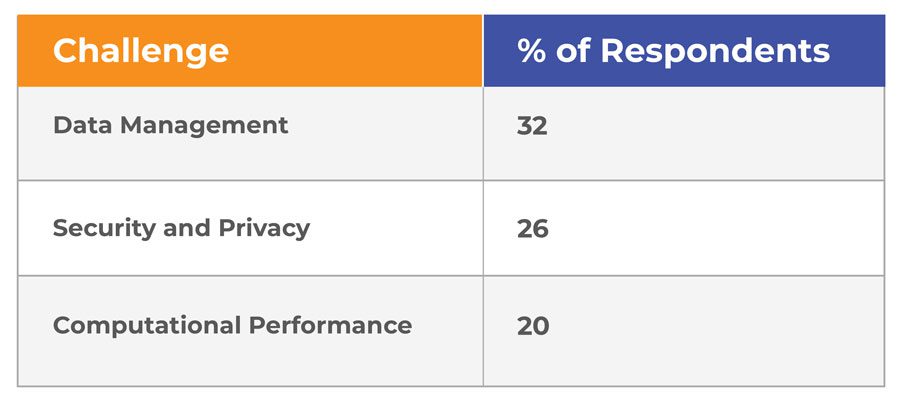Introduction
The technological spectrum is rapidly shifting towards a paradigm where AI-based automation is at the forefront. Not only does it promise operational efficiency, but it also paves the way for businesses to remain agile in a competitive landscape. Integrating AI into workflows today is not just a trend; it is an imperative step for those looking to redefine and upgrade their operational strategies. And that is why intelligent process automation (IPA) market is forecast to expand globally with a CAGR of 14.6% between 2023 and 2032.
Understanding AI-Based Automation
AI-based automation refers to systems or tools that utilize artificial intelligence (AI) to perform tasks without human intervention. Unlike traditional automation that follows predefined rules, AI-driven automation can learn, adapt, and improve over time. Machine learning held 40% of the total AI market share in 2022, for its adoption and forms the foundation of IPA. The essence of this modern automation lies in its efficiency, precision, scalability, and adaptability. It has the prowess to analyze vast data sets swiftly, making real-time decisions, scaling as per demands, and evolving through learning. This has transformed its application as just a cost-saving lever to a tool to create new revenue streams. That is why 69% of respondents in PR Newswire’s study affirmed that their organizations had at least 1 AI project in production.
Prerequisites for Implementing AI Automation
Before delving into AI automation, certain prerequisites need to be in place. A robust infrastructure comprising computing resources, pertinent software, and seamless data pipelines is essential. Moreover, the human touch can’t be ignored. A deep understanding of data science, familiarity with relevant algorithms, and domain-specific knowledge are vital. Above all, the quality and relevance of data can’t be overstated. Ensuring that the data is representative, free from biases, and appropriately preprocessed sets the stage for successful AI integration.
Steps to Implement AI-Based Automation in Your Workflow
a. Identify Automation Opportunities
Begin by mapping out tasks that are repetitive and time-consuming. With a clear view, assess which of these tasks can be automated and the potential return on investment (ROI) of doing so.
b. Choose the Right AI Tool/Platform
Numerous platforms cater to different automation needs. While most AI tools are powerhouses for deep learning, niche tools provide a more straightforward approach for those without deep technical expertise. Factors such as scalability, community support, ease-of-use, and ongoing development should guide your choice.
c. Data Collection and Preprocessing
The foundation of any AI system is data. It’s imperative to gather diverse and representative data sets. Once collected, the data should be cleaned, normalized, and split (typically into training, validation, and test sets) to pave the way for model development.
d. Model Development and Training
Based on the task at hand, select the appropriate algorithms. Train the model using the prepared data sets, adjusting hyperparameters as necessary to enhance its performance.
e. Testing and Validation
Once trained, test the model against a set of unseen data. This phase helps in understanding its real-world efficacy. Based on the outcomes, refinements can be made to further improve accuracy and reliability.
f. Deployment and Integration
Transitioning a trained model into a tool that integrates seamlessly into your workflow is crucial. Ensure that this integration is smooth, with minimal disruptions to existing processes.
g. Monitoring and Maintenance
AI models, once deployed, are not set in stone. They should be continuously monitored for performance. Feedback loops are vital to ensure the model stays updated and relevant to the changing data or environment.
Challenges in Implementing AI-Based Automation
Like any technological implementation, AI-based automation isn’t without its challenges. Here’s what a study by PR Newswire highlighted:

One significant challenge is the potential for skewed or biased data, which can lead to unfair or incorrect outcomes. Ensuring transparency and explainability in AI models is vital to build trust. Furthermore, as data is the backbone of AI, maintaining its privacy and security becomes paramount.
AI-based automation holds a transformative potential that can redefine the operational capacities of businesses across the spectrum. The future is automated, and AI is leading the way. The technology is expected to add $15.7 trillion to the global economy by 2030. Embracing AI isn’t about making a massive leap but taking systematic, informed steps. Start small, understand the nuances, iterate based on feedback, and refine your approach continuously.


